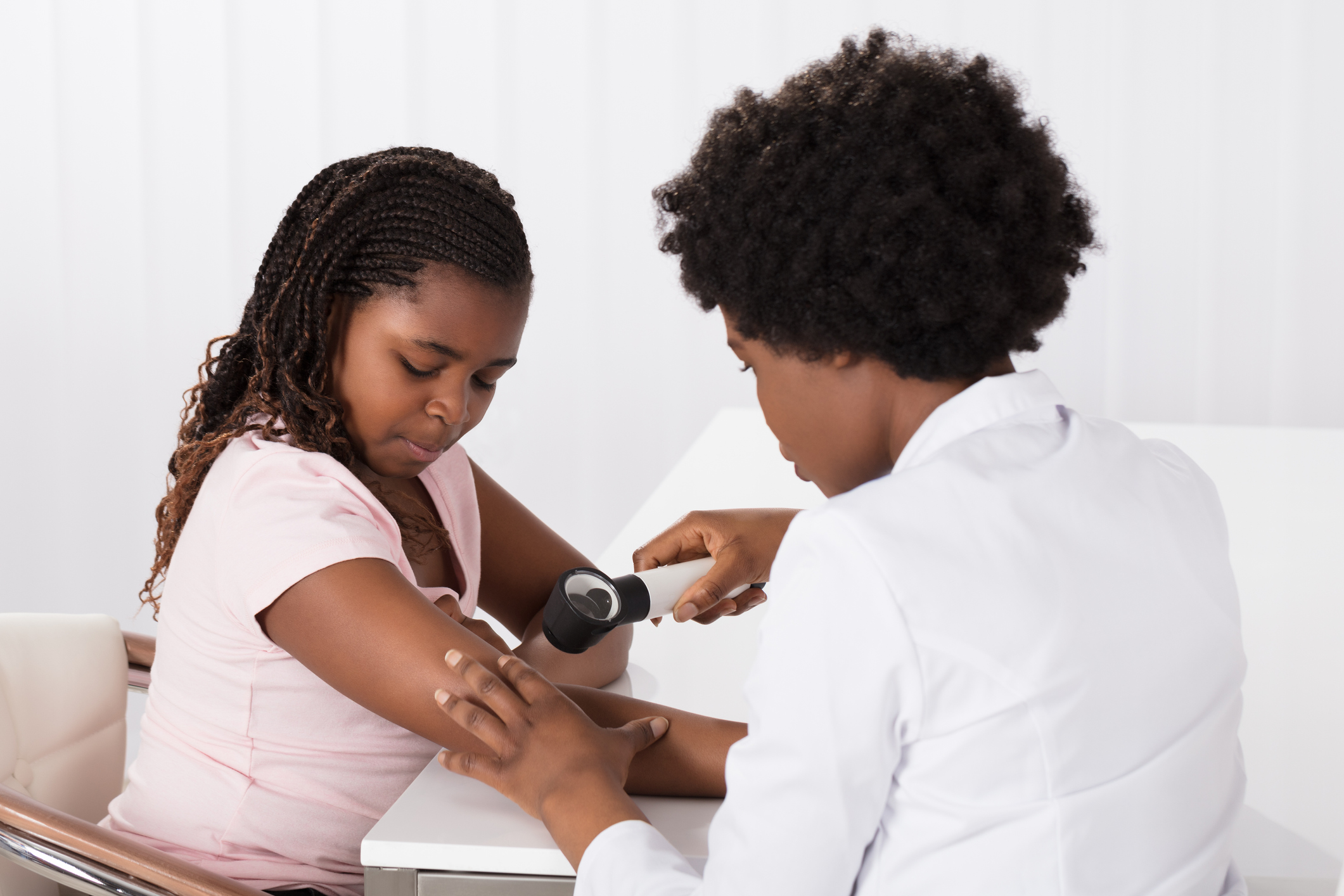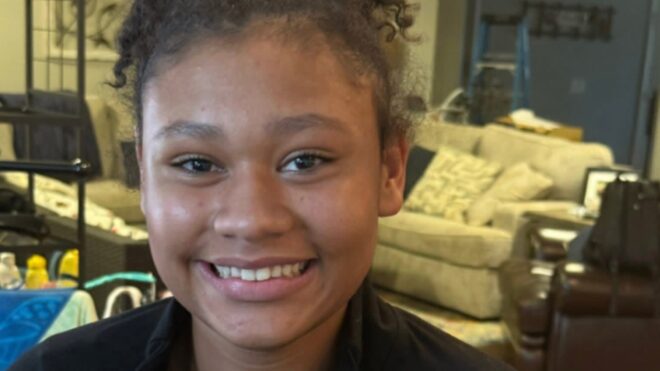
Sponsored by Incyte
Navigating life with eczema can be challenging, especially for adolescents. The persistent itch, dry scaly patches and red lesions can disrupt their sleep, impact their academic performance, affect their social relationships and diminish their self-confidence.
Parents can play an impactful role in supporting their adolescent children with eczema. When tweens and teens are struggling and see you as a trusted ally, it can help them immensely. One of the most important things to remind them is that they are not alone; atopic dermatitis (AD), the most common form of eczema, affects more than 21 million people (ages 12+) in the United States. As a parent, educating yourself about the condition can also help you support your adolescent as they learn how to manage their symptoms. AD is a chronic condition characterized by inflammation of the skin that is caused by an over-activation of the immune system. There are various factors such as allergens, stress and environmental elements that can all trigger AD and elicit eczema flares.

Dr. Rebecca Smith, a board-certified dermatologist in both General Dermatology and Pediatric Dermatology, knows that managing AD can feel overwhelming. Here are some of her tips for navigating AD as a parent:
- Be knowledgeable about the physical and psychological symptoms of AD
- Try to identify triggers that cause your adolescent to flare
- Keep open lines of communication with your adolescent
- Partner with a dermatologist to create an individualized management plan
- Don’t be afraid to ask for help, especially from a therapist, if needed
- Join an AD support group (for adolescents or parents)
- Peruse online resources, such as StartFromScratch.com
Chi Villines, an AD patient advocate, influencer and model, has navigated life with AD from a young age. Chi’s relationship with her mom was paramount in managing her AD through her adolescent years, as it was by far the most challenging time of Chi’s AD journey.
When Chi was an adolescent, it was very hard for her to speak up for herself as the pain had taken away so much of her autonomy. Her mom was her advocate and helped her navigate the condition as best as she could. AD was not only disrupting Chi’s life but her mother’s as well. Chi recalls that her mother had to take time off work to pick Chi up early from school when she could not concentrate due to persistent itching and visit different doctors, including occasional trips to the emergency room.
As a caregiver, Chi says her mom was not always perfect, but she was always by Chi’s side. During restless nights and itchy flares, Chi recalls her mom would rock her in her arms and repeat, “It’s going to be ok. We are going to get through this together.” Chi will never forget those consoling moments, and, thinking back now, those intimate moments were so healing.

Today, Chi and her mom feel happy that awareness of AD has increased along with the availability of more effective treatment options and resources. Chi emphasizes the importance of speaking up and advocating for yourself and your adolescent. Community and support groups are also beneficial, as is setting up regular appointments with a dermatologist to create a personalized management plan.
If your adolescent is having a hard time managing their AD, make an appointment with a dermatologist to help them find a management plan that is right for them. For additional information about AD, visit StartFromScratch.com.
© 2023, Incyte Corporation. MAT-DRM-01001 10/23






